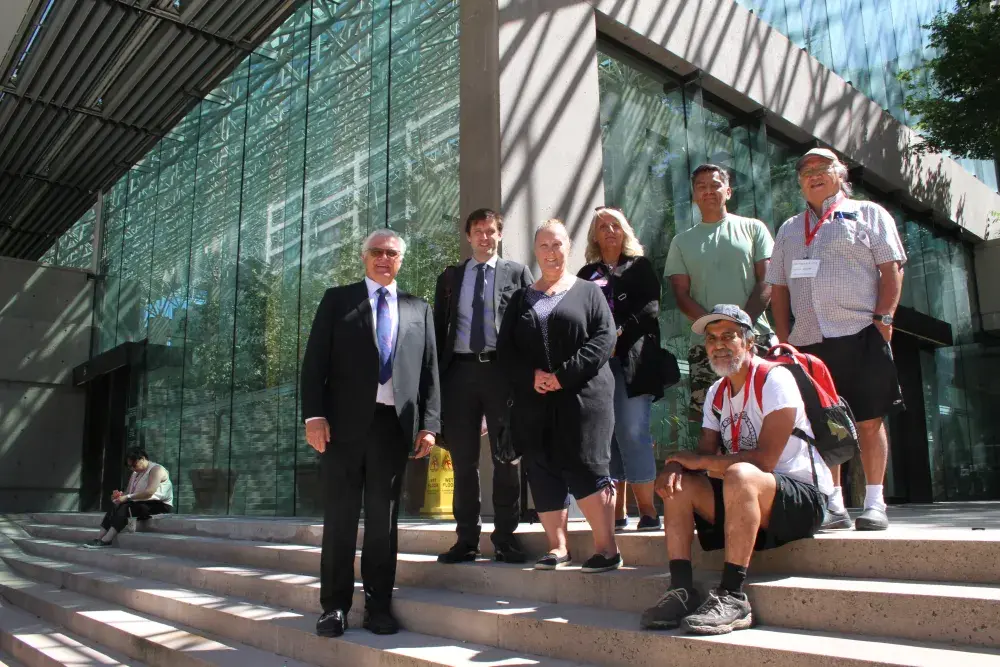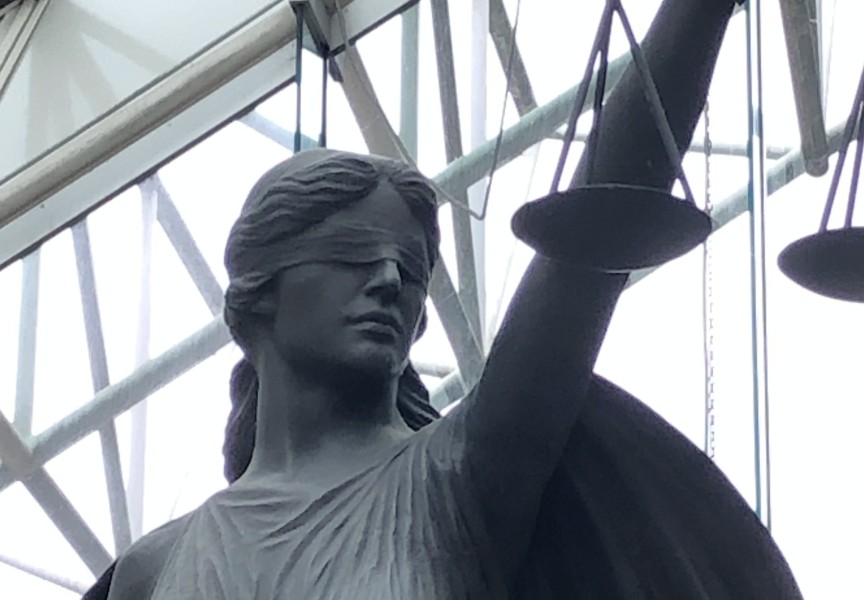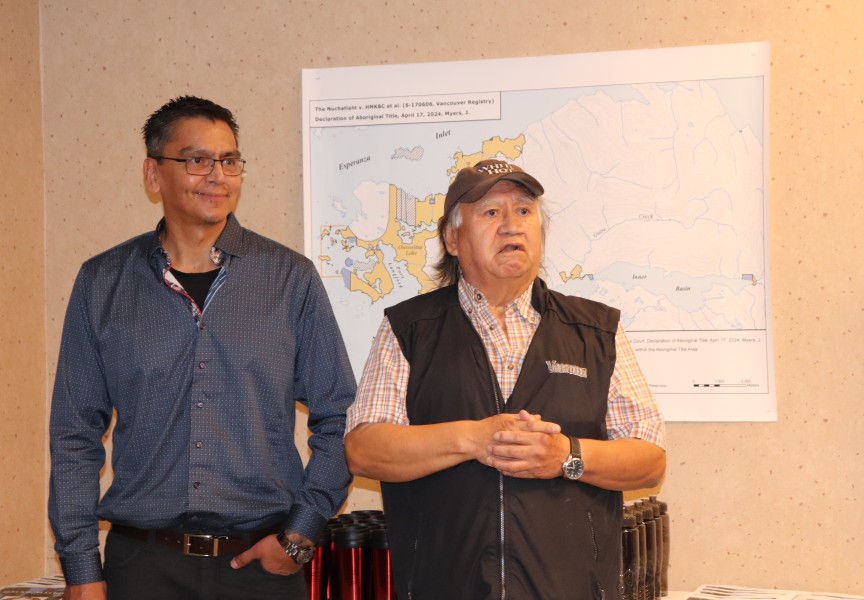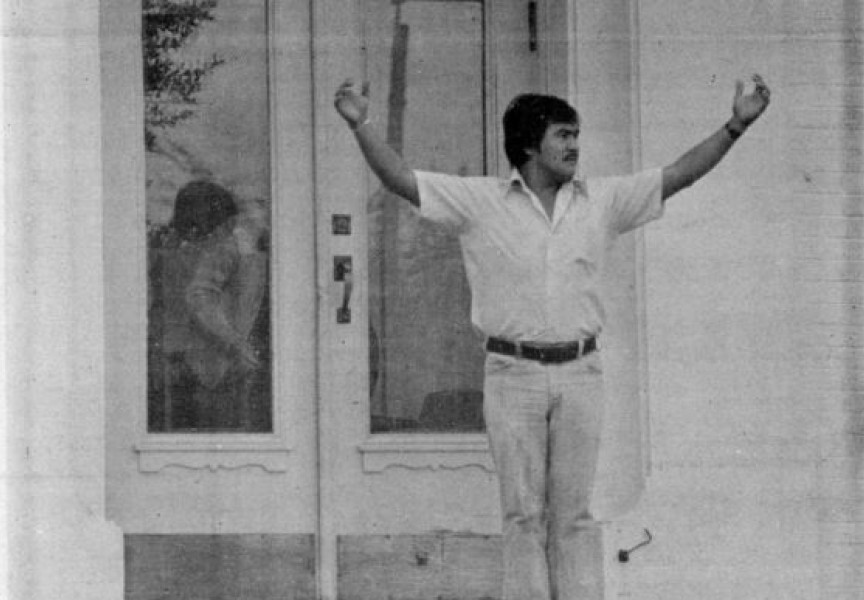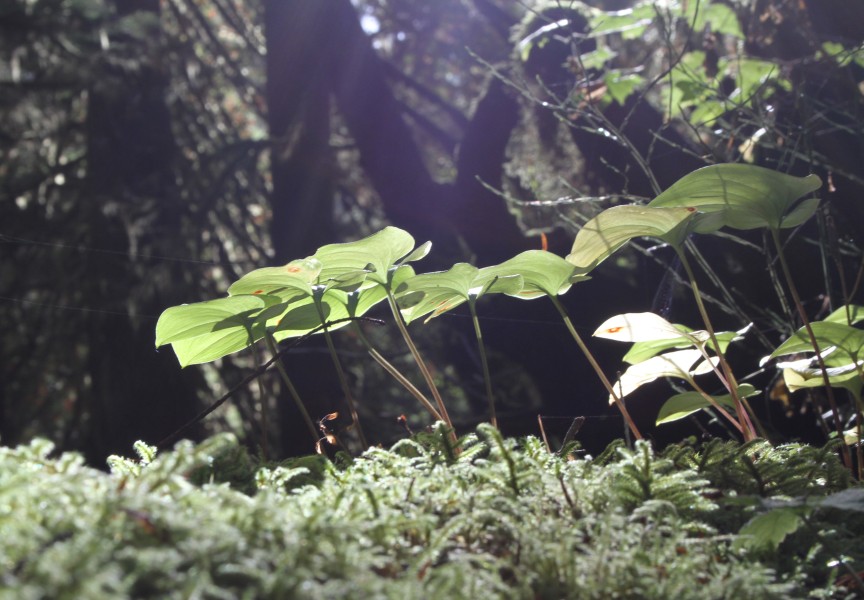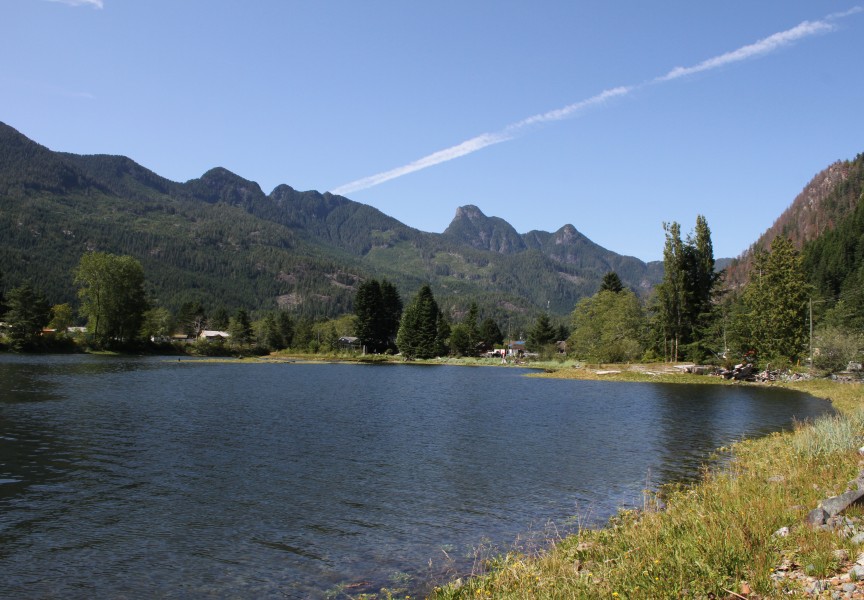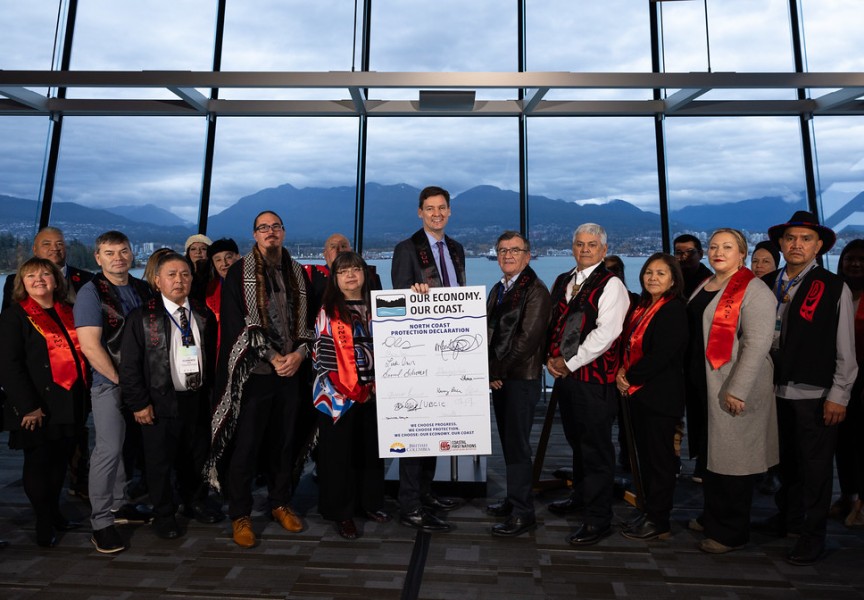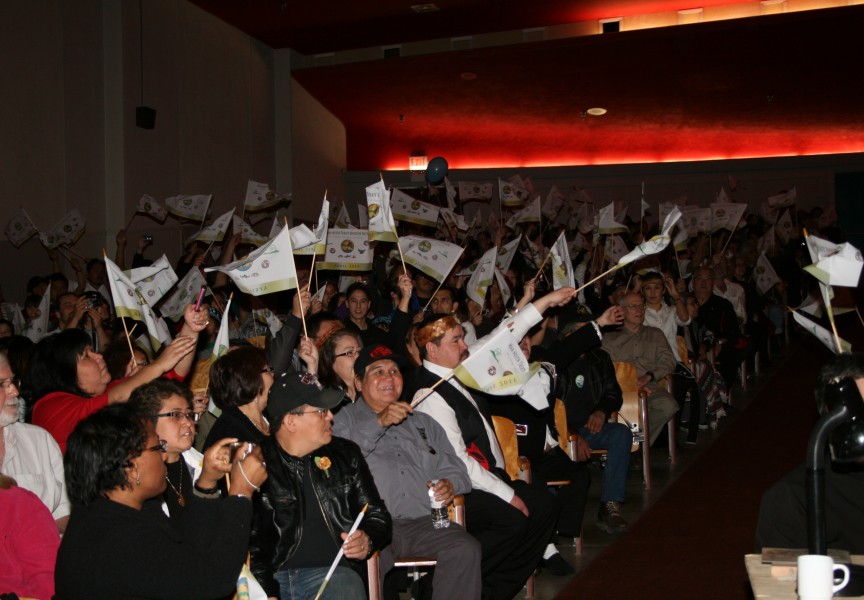Six and a half years after filing a claim to the B.C. Supreme Court, the Nuchatlaht are committed to continue the court battle to prove title over their territory on northern Nootka Island - even if the process takes several more years.
The small Nuu-chah-nulth nation seeks Aboriginal title over approximately 20,000 hectares in the remote region off the northwest coast of Vancouver Island. Designated as Crown forest under British Columbia law, it’s land that the First Nation has looked to and lived on as its traditional territory for countless generations. Western Forest Products currently hold tenure over the area, which is heavily logged in many parts, but harvesting has ceased as the Nuchatlaht case is considered in court.
The Nuchatlaht, who have less than 170 members, are tasked with proving exclusive occupation of the claim area since 1856, the date that the British Crown asserted sovereignty over Nootka Island. The provincial government is contesting this claim.
After the province and Nuchatlaht filed hundreds of pages of evidence, leading to over 50 days in court last year, Justice Elliot Myers delivered a decision on May 11. He recognized that the Nuchatlaht lived on northern Nootka Island in 1856, meaning that the First Nation is the rightful owners of portions of the area – but not all of it. The judge wasn’t satisfied that the evidence proves the Nuchatlaht used the entire claim area, which includes heavily forested inland sections with steep terrain. In his May 11 decision Myers wrote that the only “direct evidence” of historical occupation is in the vicinity of the shore.
This decision was met with a mixed response from the Nuchatlaht, who seek title over all of their territory, not just portions of it. On Aug. 16 the legal teams were back in court before Myers, undergoing a procedural hearing to determine which direction to take.
“From beginning to end, the plaintiff’s case has been a territorial claim,” said Jack Woodward, who leads the Nuchatlaht’s legal team. “There’s more evidence out there that needs to be found and presented.”
Jeff Echols, who is representing the province, spoke of the need to identify specific locations of historical habitation to prove the Aboriginal title claim.
“Their argument was that there was one territory used by one group. The evidence didn’t support that,” he said. “We can’t just have big general descriptions of these things.”
Expert accounts filed to the court found that numerous groups used the claim area in 1856, a collection that Myers accepted to be unified under the Nuchatlaht confederacy. Now the First Nation’s legal team is tasked with preparing two applications for the court over the next six weeks, both options that would entail reopening the case.
Woodward plans to apply to seek more evidence of historical occupation throughout northern Nootka Island. This would include archaeological surveys, such as identifying more culturally modified trees and drilling into these living historical artifacts to determine how long ago they were harvested.
The Nuchatlaht could also look to a collection of audio tapes at the Royal B.C. Museum which hold accounts of traditional use of Nootka Island. The necessary translating and transcribing would be a time-consuming, expensive process.
“If that’s what it takes, my client has instructed me to do that,” said Woodward.
If this approach isn’t accepted by the judge, the Nuchatlaht’s legal team is preparing an application to produce more maps of the claim area, using the existing evidence that has already been submitted to the court. This could further the Nuchatlaht’s argument with more detailed evidence of occupation for certain sections of the claim area.
Depending on what route Myers accepts, this could prolong the case by years, with potentially dozens of more days in court. Myers has recently turned 71, and Woodward noted the Canadian law that requires a superior court justice to retire at 75, bringing the possibility that a new judge could be appointed before a resolution is met.
“None of us will live forever, but this case will live forever, if we need it to,” said Woodward, who is 72.
While the Nuchatlaht trial was underway in the spring of 2022, the provincial government issued litigation directives to its lawyers outlining a new approach that better aligns with the B.C. Declaration on the Rights of Indigenous Peoples Act. This approach stresses the need for the province to avoid lengthy, expensive court battles with First Nations whenever possible. The directives speak of the importance of minimizing the costs and complexity of court cases by exploring resolutions with First Nations.
“Meaningful reconciliation is rarely achieved in court rooms,” stated the directives, which were announced April 21, 2022.

